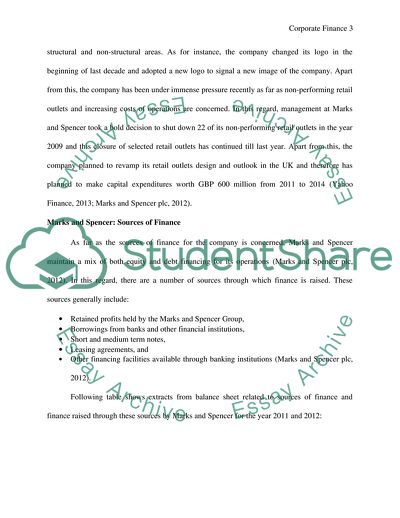Cite this document
(Corporate Finance Essay Example | Topics and Well Written Essays - 2750 words, n.d.)
Corporate Finance Essay Example | Topics and Well Written Essays - 2750 words. https://studentshare.org/finance-accounting/1793708-corporate-finance
Corporate Finance Essay Example | Topics and Well Written Essays - 2750 words. https://studentshare.org/finance-accounting/1793708-corporate-finance
(Corporate Finance Essay Example | Topics and Well Written Essays - 2750 Words)
Corporate Finance Essay Example | Topics and Well Written Essays - 2750 Words. https://studentshare.org/finance-accounting/1793708-corporate-finance.
Corporate Finance Essay Example | Topics and Well Written Essays - 2750 Words. https://studentshare.org/finance-accounting/1793708-corporate-finance.
“Corporate Finance Essay Example | Topics and Well Written Essays - 2750 Words”. https://studentshare.org/finance-accounting/1793708-corporate-finance.


